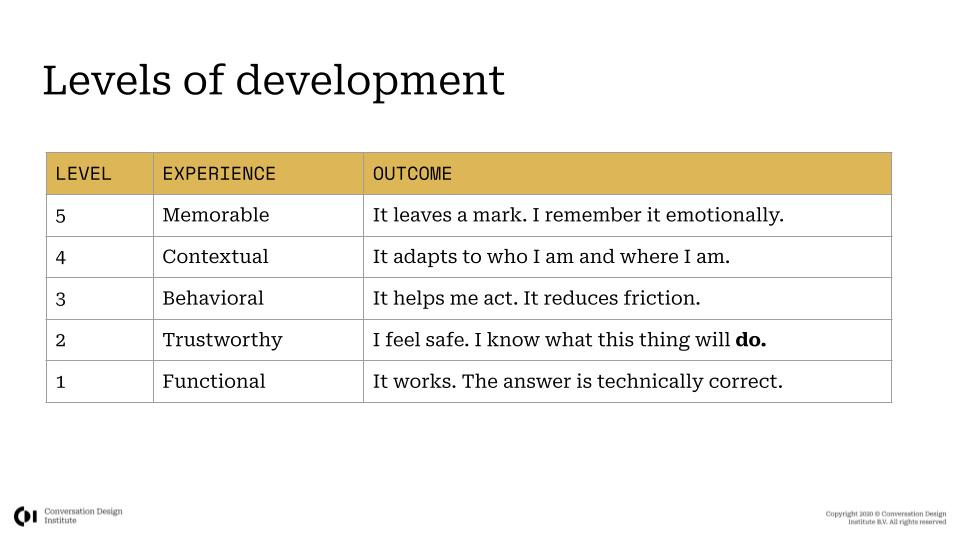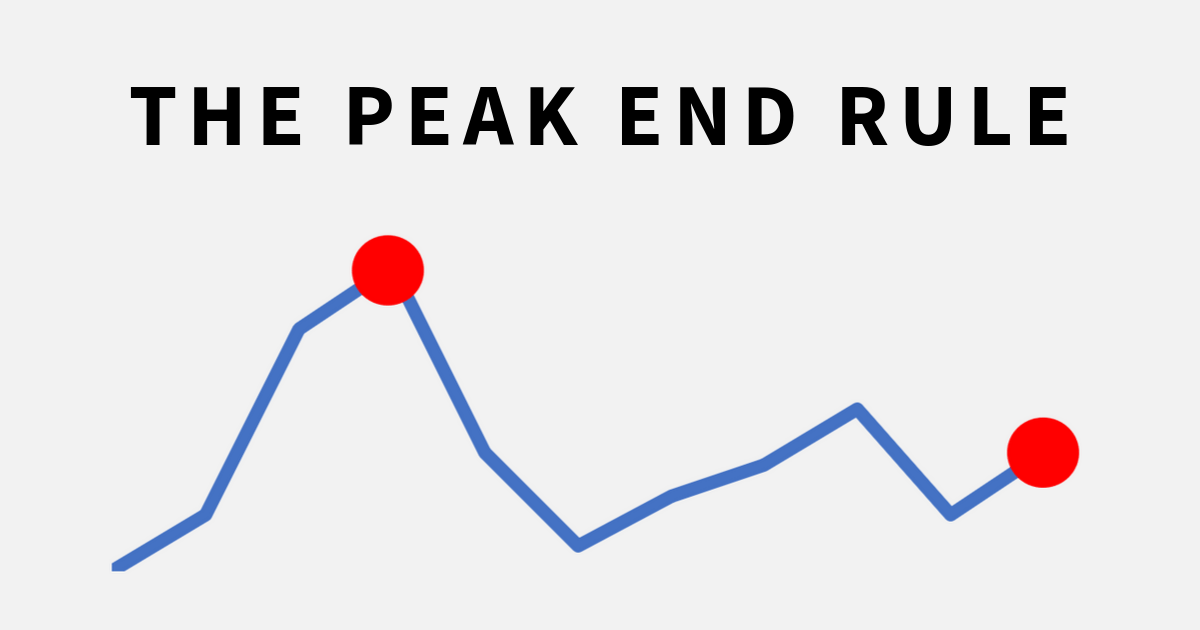Why Emotional Design Is the New UX
Because trust, memory, and movement are built one feeling at a time.
Most customer journeys still run on logic, flow, and function.
But if you’ve ever left a chatbot with the right answer and the wrong feeling — you already know:
Getting the answer isn’t the same as feeling helped.
It wasn’t what they said. It was how it made you feel.
And in an age where AI Assistants are often the first touchpoint in customer experience, how you make people feel isn’t extra. It’s everything.
Functional Isn’t Enough Anymore
Most teams still design AI Assistants like they're designing forms. They focus on resolution speed, containment, and task completion.
But fast answers don’t build trust. And they definitely don’t build memory.
As Maya Angelou famously put it:
“People will forget what you said, but they’ll never forget how you made them feel.”
Angelou was a poet, a performer, and a civil rights icon. Her life was her message. Through memoir, poetry, and presence, she shaped American consciousness around dignity, identity, and emotional truth.
Her quote isn’t just a line — it’s a lens for experience design. Because what lingers after every interaction isn’t data. It’s feeling.
This isn’t just philosophy. It’s a practical design logic.
Because when emotion is ignored, trust is eroded. And when emotion is designed with intention, loyalty is built.
The Emotional UX Pyramid
Inspired by Aaron Walter's Emotional Design pyramid, and expanded by the CDI Standards Framework, we can see a maturity curve for AI conversations that moves from functionality to resonance:
Walter, who led user experience at Mailchimp, believed that good UX should make software feel human. Under his leadership, Mailchimp didn’t just become easy to use — it became lovable.
With quirky voice, friendly tone, and emotional intelligence baked into every interaction, Mailchimp created trust by being consistently human. It showed that design wasn’t just about getting people through the funnel — it was about how people felt when they got there.
At CDI, we expanded that model to include the maturity of conversational AI across five levels:
Functional
It works. The answer is technically correct.Trustworthy
I feel safe. I know what this thing will do.Behavioral
It helps me act. It reduces friction.Contextual
It adapts to who I am and where I am.Memorable
It leaves a mark. I remember it emotionally.
Each level builds on the last. Each level is harder to reach.
But brands that climb higher in this pyramid don’t just gain efficiency. They gain trust. Retention. Advocacy.
They don’t just answer questions. They earn a place in the customer’s memory.
They don’t just complete interactions. They become part of the customer’s story.
And that story gets retold. Shared. Remembered.
That’s how brands grow — not through features, but through feelings.
Conversations Are Rituals
Émile Durkheim, one of the founding figures of modern sociology, believed that rituals were the glue of society. They gave structure to the chaos of life. They weren’t about efficiency — they were about meaning.
Victor Turner, a British anthropologist, deepened this view. He studied rituals in societies undergoing change, and found that rituals weren’t just tradition — they were transformation. They moved people from one identity to another, one emotional state to the next.
Rituals aren't about information. They’re about transformation.
Greetings. Confirmations. Closings. These aren't just functional moments — they are social contracts. Signals that we are seen, heard, and acknowledged.
And they are the scaffolding of cooperation.
The philosopher Paul Grice famously proposed the Cooperative Principle — the idea that conversation works because we unconsciously agree to be informative, truthful, relevant, and clear.
Rituals don’t replace the Cooperative Principle. They enable it. They create the trust required to make cooperation feel safe.
If conversational AI doesn’t carry the ritual, it breaks the contract. And when the contract is broken, trust dissolves.
Conversational AI, if it wants to feel truly human, must honor the ritual structure of language. Not just answer questions, but close emotional loops.
Language Is Action
J.L. Austin, a British philosopher in the mid-20th century, introduced a radical idea: language doesn’t just describe reality — it changes it.
He called them "speech acts." When you say "I apologize," or "I promise," you're not just conveying information — you're performing the act itself. The words are the action.
Imagine a hotel receptionist who hands you a key without saying anything. Now imagine one who says, "Welcome back. We’ve upgraded your room."
Same function. Very different feeling.
When a bot says, “You’re all set,” that’s not just a phrase. It’s the final emotional stroke that completes the interaction.
It tells the customer: You’re safe. This moment is closed. You can let go.
The task might be complete, but the journey isn’t over until the customer feels it.
It’s like closing a story without an ending sentence. It leaves the reader unsettled.
Design for the Ending
Daniel Kahneman, psychologist and Nobel Prize winner, transformed how we understand memory and experience. He introduced the Peak-End Rule — the idea that people don’t remember every moment. They remember the emotional high point and how it ended.
He explored this in his landmark book, Thinking, Fast and Slow, where he showed how the mind constructs meaning not from data, but from feeling.
Most experiences are forgotten. But the peak and the end shape our memory of the whole.
A chatbot that gives a good answer but ends cold creates an unresolved memory.
A chatbot that says "You're all set. I’m glad we could take care of that for you." builds closure.
And closure doesn’t just end the moment.
It transforms it into something whole. Something worth remembering.
Closure builds trust.
Maturity Is the Strategy
What we're really describing here isn’t just design. It’s organizational maturity.
At CDI, we see emotional UX as a reflection of a company’s readiness:
To move beyond functionality
To commit to emotional resonance
To turn customer interactions into brand-defining experiences
This isn’t a soft skill. It’s a systems-level capability.
You don’t get to “memorable” without evolving how your teams think, how your tech is governed, and how your brand shows up in language.
Emotional UX isn’t decoration.
It’s the surface of something deeper.
A deeper standard. A higher commitment.
One that says: we don’t just want your attention.
We want to leave you better than we found you.
In our work at Conversation Design Institute, we often use the Empathy Algorithm Grid — a tool for evaluating how well a conversation activates trust, emotional intelligence, and intent alignment. When organizations climb the maturity pyramid, they’re not just improving UX.
They’re progressing toward more emotionally intelligent systems.
Final Reflection
Functional is the baseline. Memorable is the opportunity.
Designing for emotion doesn’t mean being sentimental. It means understanding that every conversation is a moment of influence.
It’s a moment to show someone:
That they’re heard.
That they’re safe.
That this brand understands more than process — it understands people.
Conversations aren’t just UX paths. They are rituals.
They are transitions.
They are signals of respect.
Because people don’t talk to complete a form.
They talk to complete a feeling.
They talk to move forward.
To close the loop.
To remember.
Power to the Poets. Because the future isn’t built with code alone. It’s built with presence, language, trust — and feeling.
If you feel at home here, consider hitting the heart, replying, or passing it along. It helps more than you’d think.









Fab piece and really feel the vibe! Very WARM wishes Mark Parker Brown The Dinosaur
Thank you for this wonderful essay! Resonates with me as I work closely with the content writer on my team to create a UX that's not only functional but meaningful. Trustworthiness is a term we often discuss, and I'd also love to bring your concept of closing emotional loops into the conversation.